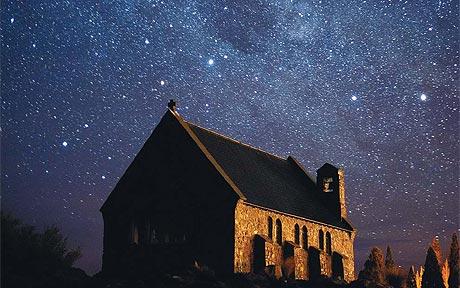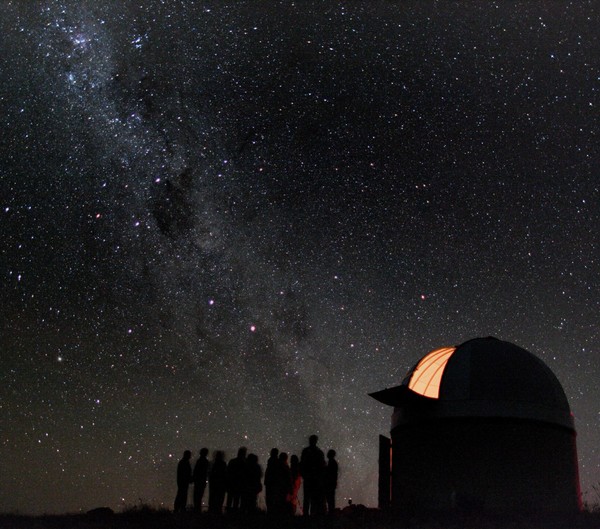PM John Key gets behind the world heritage site project for Aoraki/Mt Cook - Tekapo


Prime minister John Key is backing the Aoraki/Mt Cook – Tekapo world starlight reserve proposal.
The project is gathering momentum and a UNESCO World Heritage Committee meeting in Brasilia in July will decide if the stars and night skies can be recognised in their protocols as part of human heritage.
Head of the New Zealand proposal is former Cabinet Minister Margaret Austin who said Key’s support was crucial, just four months out from the Brazil conference.
``This will help us launch a nationwide campaign in the run up to the Brasilia event this year, so we can tell the public people this project has real and exciting potential for New Zealand tourism and astronomy.
In a letter to Austin, Key said drive to secure world heritage status in the night skies would be boost NZ tourism.
``I believe that the proposed starlight reserve has great tourism potential and I support your continued exploration of the concept,’’ Minister of Tourism Key said, in giving $10,000 to the project.
``The approach being taken by yourself and the working party ...will be crucial to the project’s success.’’
Austin said the Brasilia meeting would finally decide to include astronomy and the stars to world heritage sites, as well as monuments and national park sites.
``If this gets the go ahead, the Tekapo project will be strongly placed to become a world heritage reserve site,’’ she said.
Until this year, there has been a reluctance to acknowledge that the stars and starlight are significant to human heritage under UNESCO conventions. But there is a groundswell of public concern at the extent to which people no longer see the stars in so many parts of the world and we need a source of income to achieve our goal of world heritage and international support.
The key milestone in 2009 was getting the Tekapo Aoraki/Mt Cook starlight reserve working party up and running so the bid could demonstrate their commitment to the project. With the backing of the Mackenzie District Council there is a belief that astro-tourism, education and awareness of the significance of the dark sky and appreciation of the cultural history for Maori can be realised in the next few years.
Last year, the NZ project was warmly received by the International Year of Astronomy symposium in Paris and they were invited to present a case study at Spain’s Fuerteventura in March. This was followed by another UNESCO spnsored meeting on La Palma last November. Five sites were chosen as exemplars: Tekapo Aoraki/Mt Cook, Austria, La Palma, Chile and Hawaii.
``We are now almost in a position of to present proposals to the World Heritage Committee (WHC) at its meeting in Brasilia. We have almost achieved step one. We will strongly push our case to the WHC, our Government and Canterbury University.
``In our favour, we have ease of accessibility, lighting ordinances already in place and it is critical we now have endorsement of the Government before the Brasilia meeting in July.’’
Recognition by the WHC will put the Tekapo Aoraki/Mt Cook Starlight Reserve onto the international radar which has great impact on tourism bringing people to NZ and the region to view the stars. The potential to increase foreign exchange earnings through capitalising on night tourism as well as daytime activities is very great.
Lake Tekapo is a superb site with a pristine dark southern sky and views of the centre of the Milky Way galaxy and the Magellanic clouds, sites unknown in Europe.
The Tekapo/Mt Cook area has exceptional unpolluted skies with very low light pollution because of the lighting ordinances which are nearly 30 years old.
Mt John above the Tekapo township is considered one of the most accessible observatories in the world. The observatory is home to six telescopes including the country's biggest telescope which measures 1.8m across and can observe 50 million stars each clear night.
